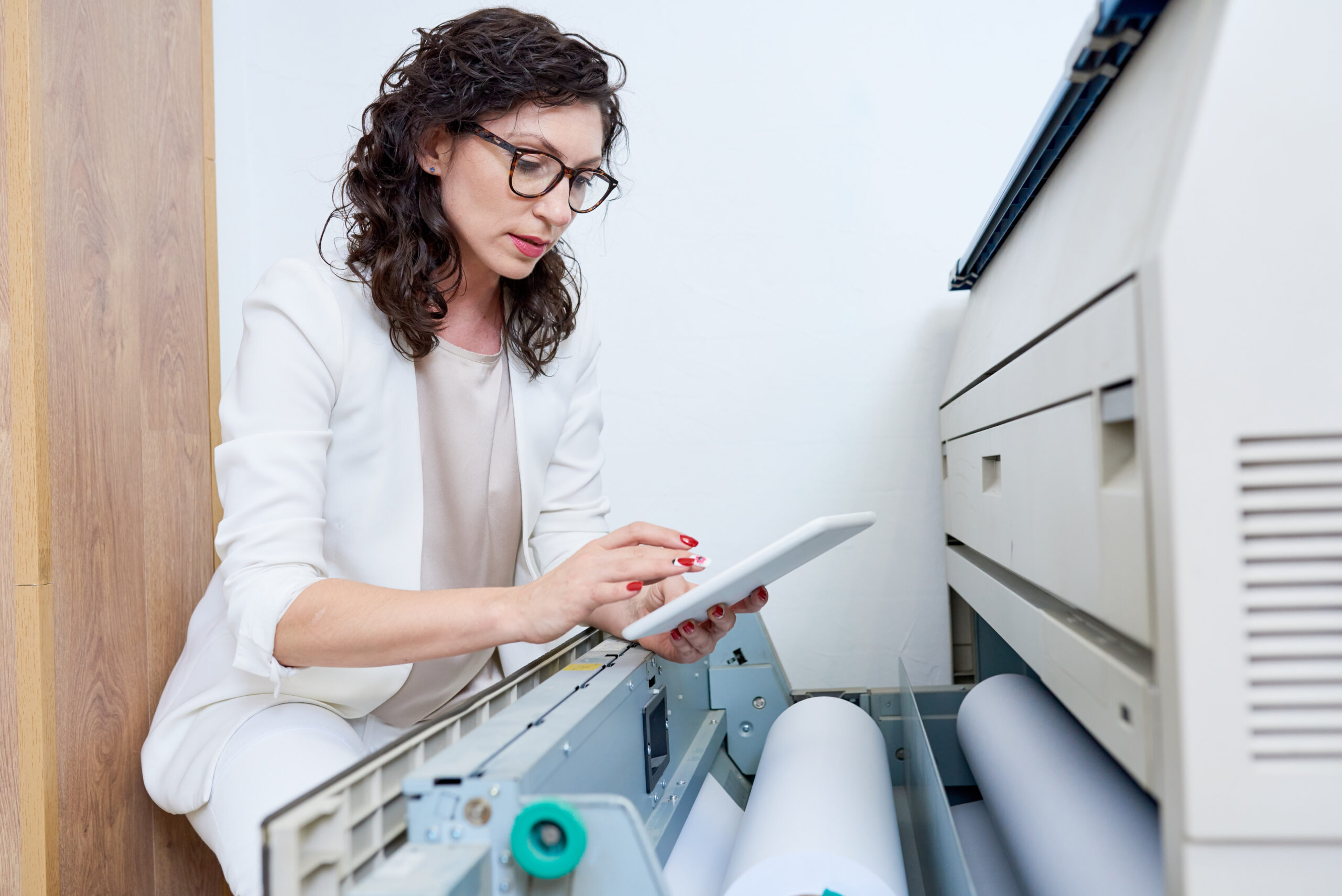Even though the world is taken over by computers and people prefer paperless, is it really true that all the office has gone paperless? Honestly, not really. You can still find the paper is still being used in large quantities even inside the biggest tech company out there. People still prefer hard copies and they have a feel for it.
Advent of multifunctional devices
In the past decades, an average office environment contained the kind of electronics that only performed one specific task, for instance, a printer, copiers, scanners, fax machines, etc. It was around the 1990s when the market begin to see a new kind of technology coming out like multifunction devices (MFD) or Multifunctional printers (MFP). The generation of now could not even wrap their head around the fact that people went through thus much equipment in one place. Well, you can’t argue with that.
Although the MFDs were out, it was not something great at first since it was just coming out to function together, but over the years it has become way more stronger and functional than before.
MFD components and technologies
Most of these multipurpose devices tend to be similar looking. We all can visualize when anybody mentions a printer or MFDs, sitting somewhere in the corner, connected to the computers. In practice, all of these desktop devices, are the direct descendants of copy machines, and small printing presses. Despite their differences in appearance, they all share the same core components which are – a scanner and a printer with the all-in-one deal. Heading over a little upmarket in terms of cost, the differences you will get is the speed, capacity, durability, and other nifty features like sorting, stapling, binding, and goes on.
Let’s look at some of these components. Note that you will come across these components as either stand-alone or inside other MFDs.
Types of printers available on the market
Printers are one of the most variants devices that you will find in the computer industry in terms of configurations, style, features, and price. What these printers are capable of depends largely on the kind of technology it uses. There are various kinds of printers out there, the most popular ones are – Impact, Inkjet, Dye-sublimation, thermal, laser, 3-D, and virtual ones.
Tips for purchasing an inkjet printer
If you are looking for new printer, you might find these suggestions for getting a new one for different categories of printers useful. Read them carefully and make the best decision.
If you are looking for the best results from the varieties of media available, just make sure that your printer settings match the media/print type. For instance, in Windows 10, you can go to settings, Devices, Printers & scanners. Select the printer installed and click manage, now go to Printer Preferences. You will see the media type there. You can select the right media type you need. This is incredibly useful and necessary to get the right quality. If you are not worried about the quality, you can leave it. If the best quality is what you are looking for, make sure to make the right settings for the media type.
If you are looking for printers, printing speed is one of the major factors that come with a price. You can easily guess, that if a printer’s speed is high, the cost will be comparatively high. See for yourself. Go to hp or canon.com. Head on to the printer section and check the price. From the cheapest to the expensive ones. Now look for the printer that has the same resolution but has different PPM rates. You will be surprised how two identical ppm rate affects the price of those printers.

